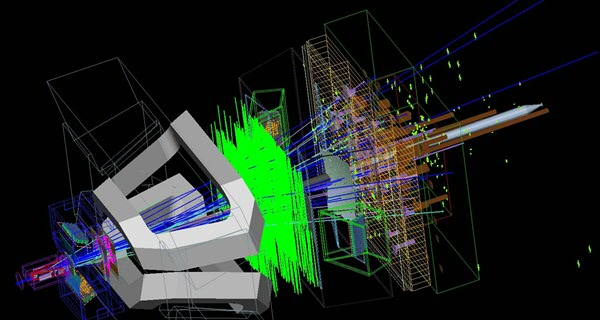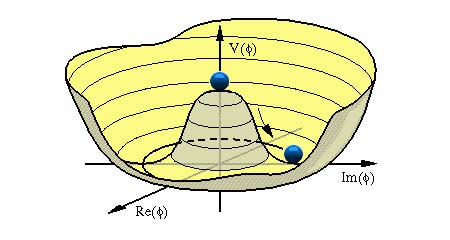At the High-Energy Frontier, we focus on elementary particle physics and high-energy collider experiments, all aimed at improving our understanding of the Standard Model (SM) of elementary particles and to find out what lies beyond it at even smaller distances scales or, equivalently, at even higher energies. Research at this frontier has strong ties with both the Precision and the Cosmic Frontier.
On the experimental side, research is done by making use of the latest data from the Large Hadron Collider beauty (LHCb) experiment to investigate the decays of the heavy subatomic particles containing a beauty (also called bottom) quark. To be able to perform more precise measurements in the future, VSI scientists are also involved in the construction and commissioning of LHCb's new Vertex Locator and Scintillating Fibre tracking detectors that were installed at the end of 2021.
On the theoretical side, one of our main objectives is to study theories beyond the SM that can explain the prime open questions about the SM, for example, about the nature of the Higgs boson sector, the lepton and quark flavor symmetries, the naturalness or fine-tuning of proposed extensions of the SM, like of Grand Unified Theories (GUTs), and questions about the neutrino sector and the nature of dark matter. Another objective on the theory side, again motivated by the question of what lies beyond the SM, is to gain a better understanding – also at the nonperturbative level (i.e. exactly rather than approximately) – of quantum non-abelian gauge theories in general and for varying spacetime dimensions. These studies have interesting connections to studies of gravity as well as condensed matter systems.


